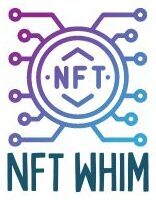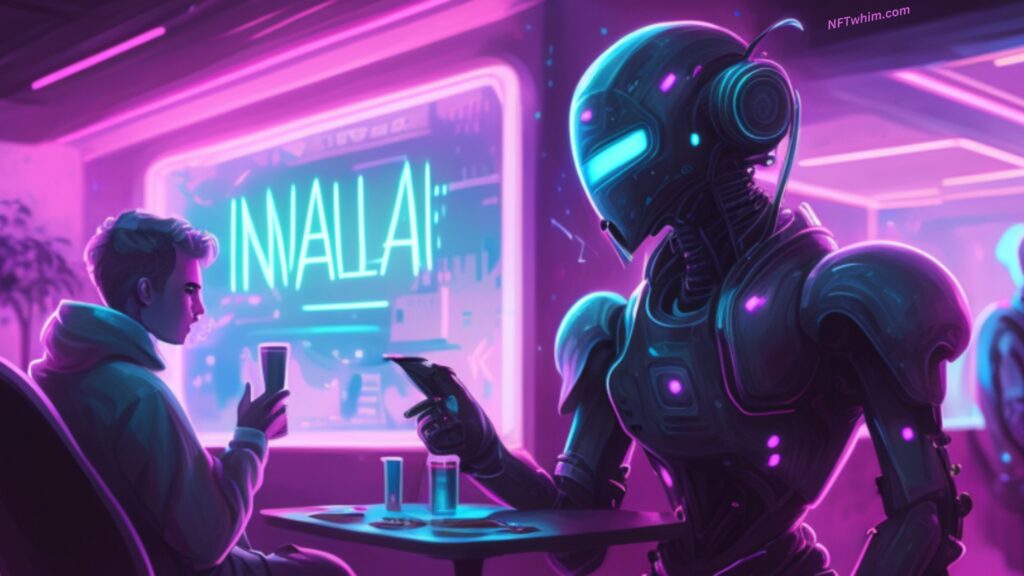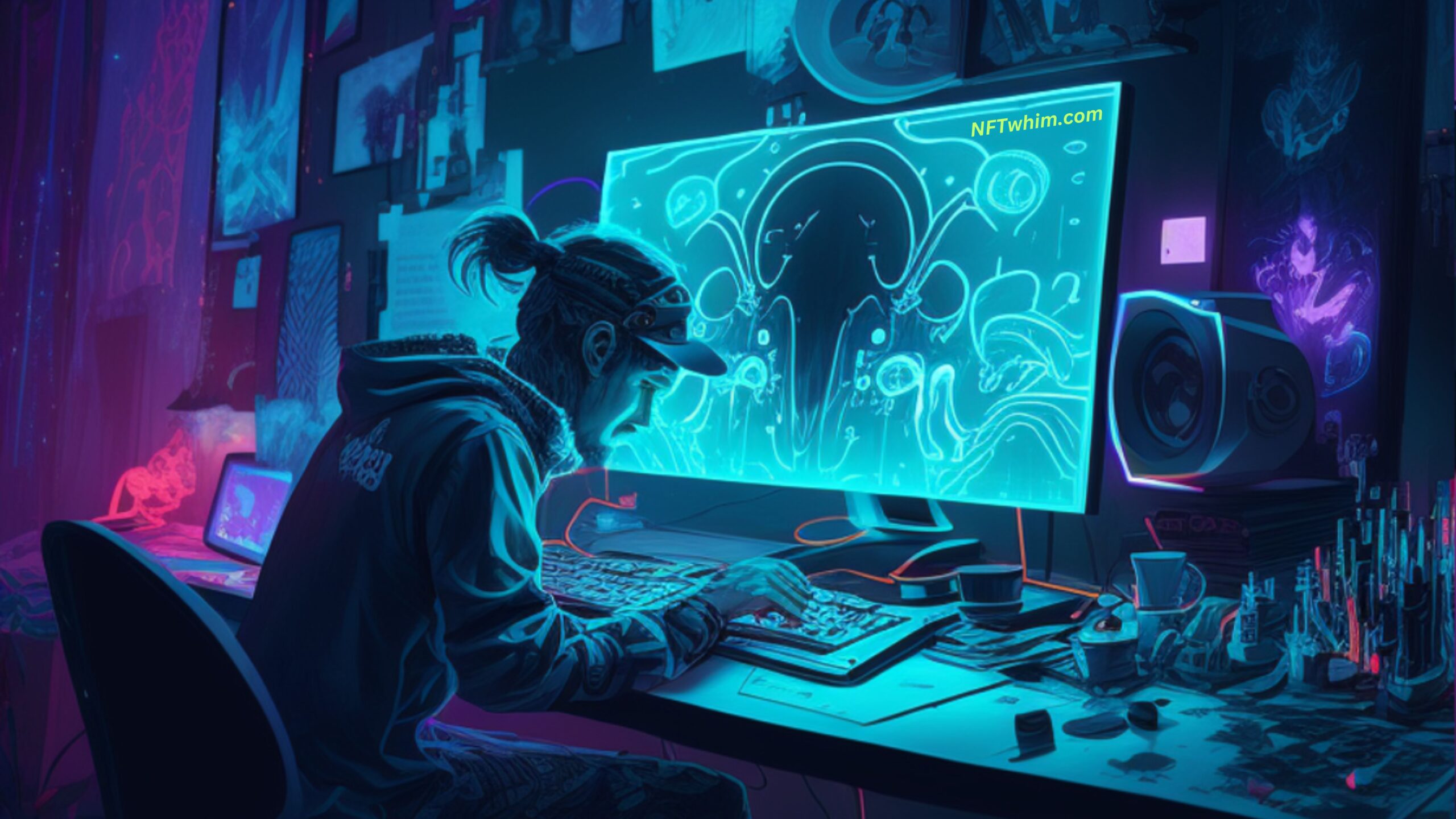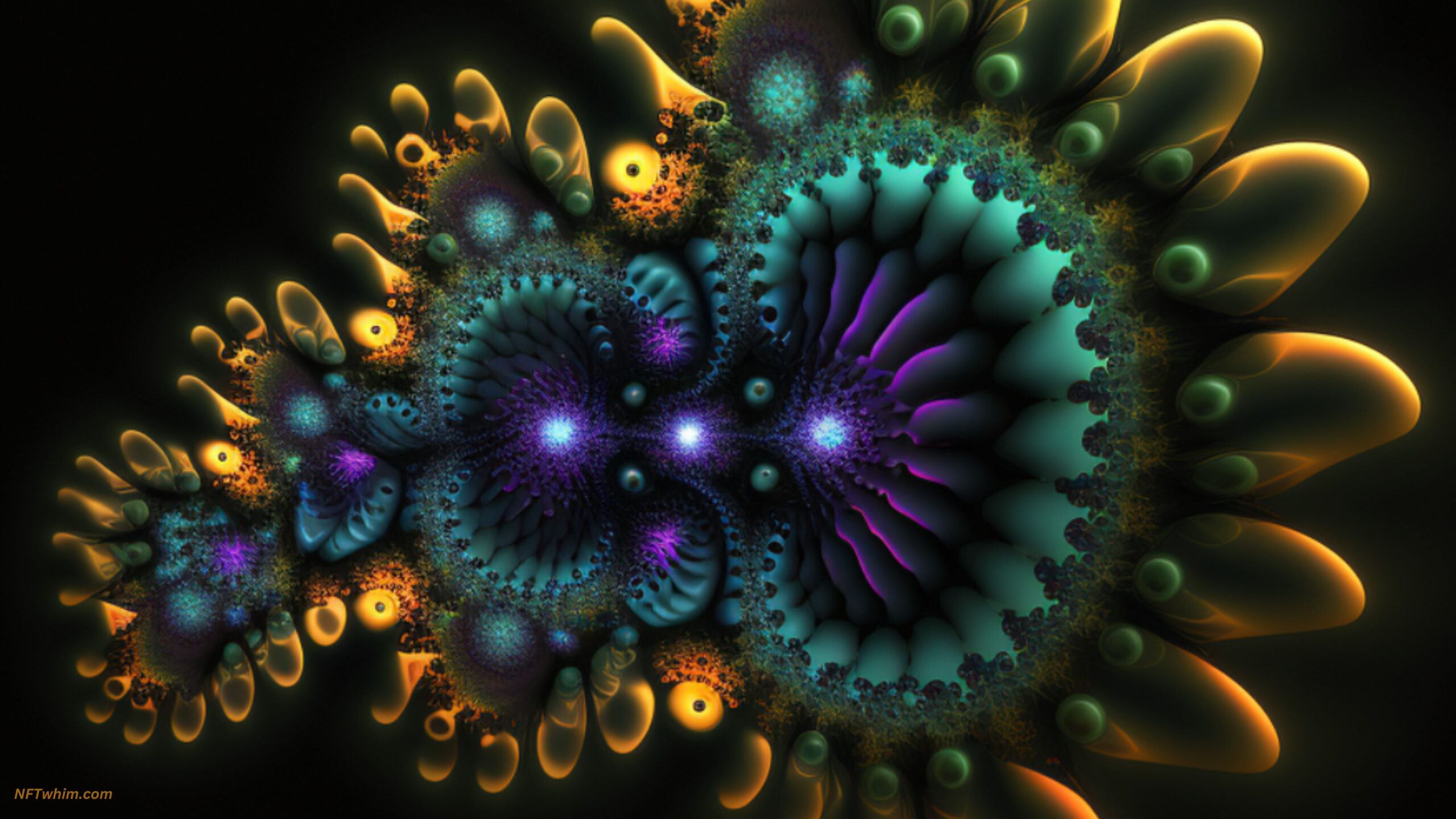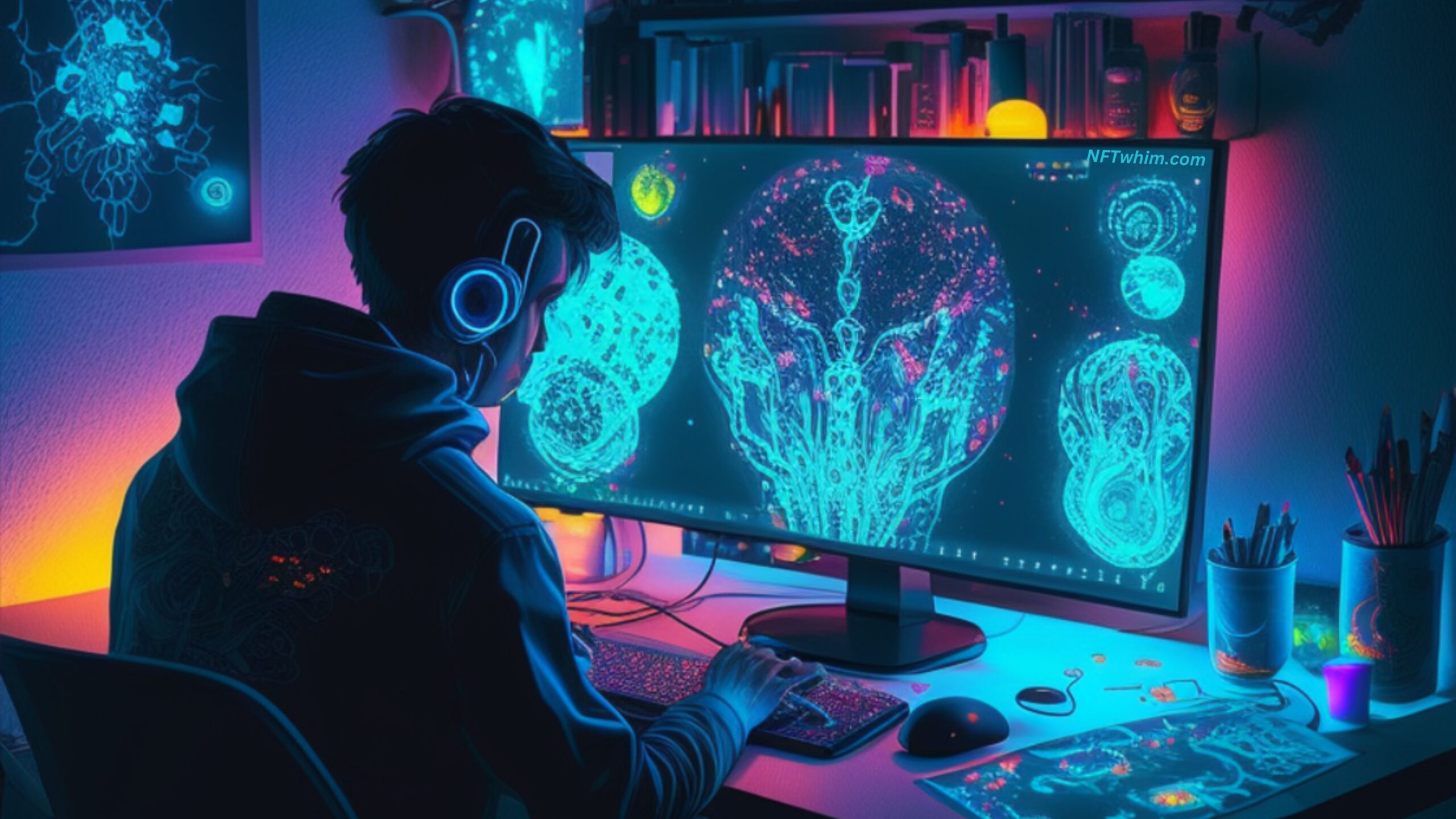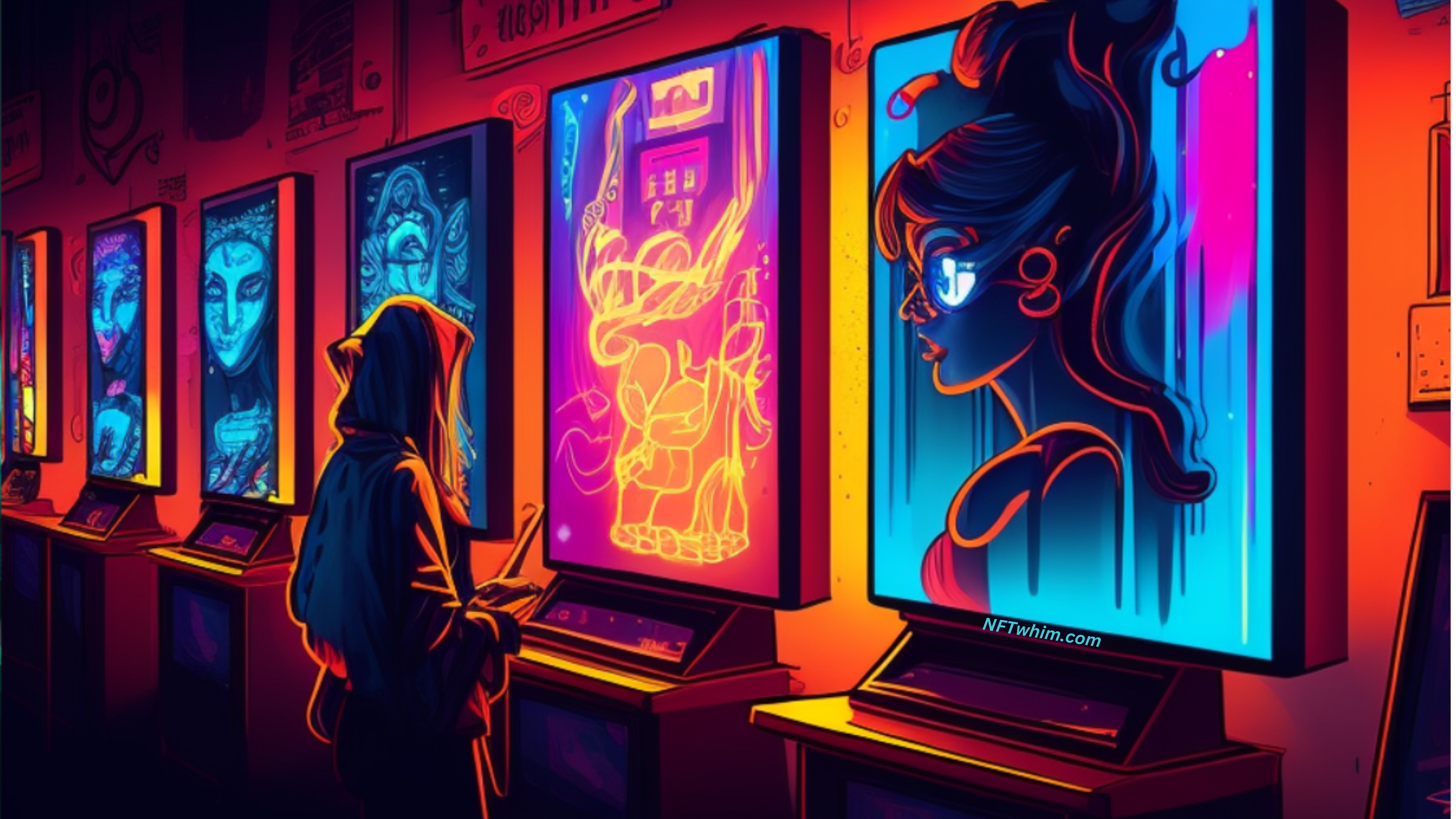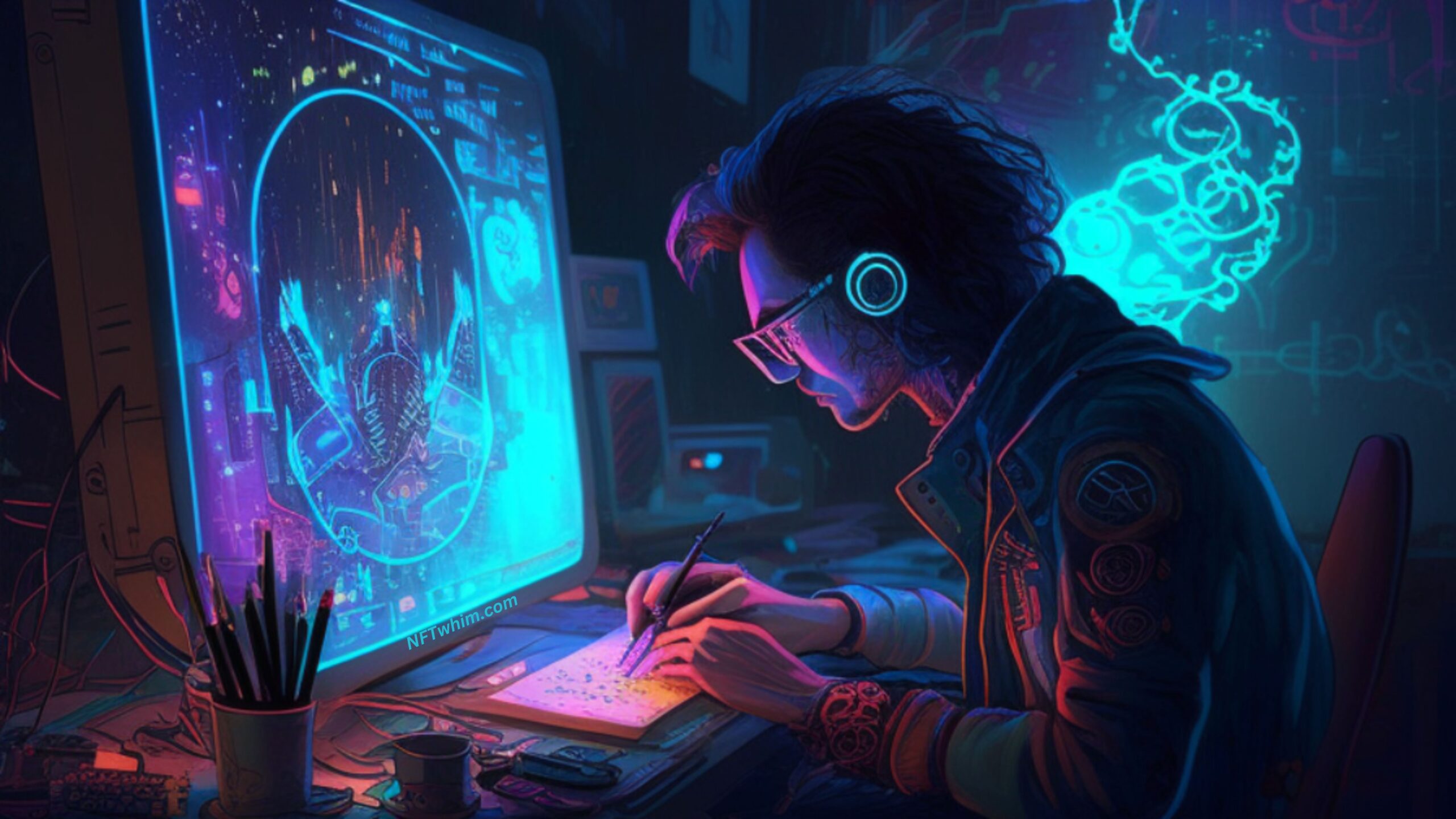Hello there! Are you interested in creating NFT art with the help of artificial intelligence (AI)? You’re in the right place! In this blog post, we will walk you through the process of creating NFT art with AI, step-by-step.
To create NFT art with AI, you’ll need to follow these steps. First, select an AI tool or platform for NFT creation, such as RunwayML or DeepArt.io. Next, choose an image dataset to train the AI model on, and generate the NFT art using the trained model. Finally, upload the NFT art onto a blockchain platform like Ethereum or Solana by minting it on the blockchain and creating a digital record of ownership with a unique identifier. Keep in mind that not all AI-generated art will be suitable for NFT creation, so experimentation and finding the right balance between novelty, uniqueness, and quality are crucial.
Table of Contents
Let’s get into the details now!
Also, check out this article about how AI benefits NFT creators in more ways than generating the actual NFT art pieces.
Understanding AI-Generated Art
Before we dive into creating NFT art with AI, let’s take a moment to understand what AI-generated art is and how it works. AI-generated art is created using algorithms and machine learning models that are trained on large datasets of images, music, or other types of data. These algorithms and models can learn to generate new and unique art pieces based on the patterns and structures they identify in the input data.
There are several advantages to using AI for art creation. For one, AI can generate art quickly and efficiently, freeing up more time for artists to focus on other aspects of their work. Additionally, AI can create art that is truly unique and original, as it is not influenced by the biases or limitations of human creativity. However, AI-generated art also has its limitations. It can struggle to capture certain nuances of human emotion or creativity, and may not always produce art that is aesthetically pleasing or meaningful.
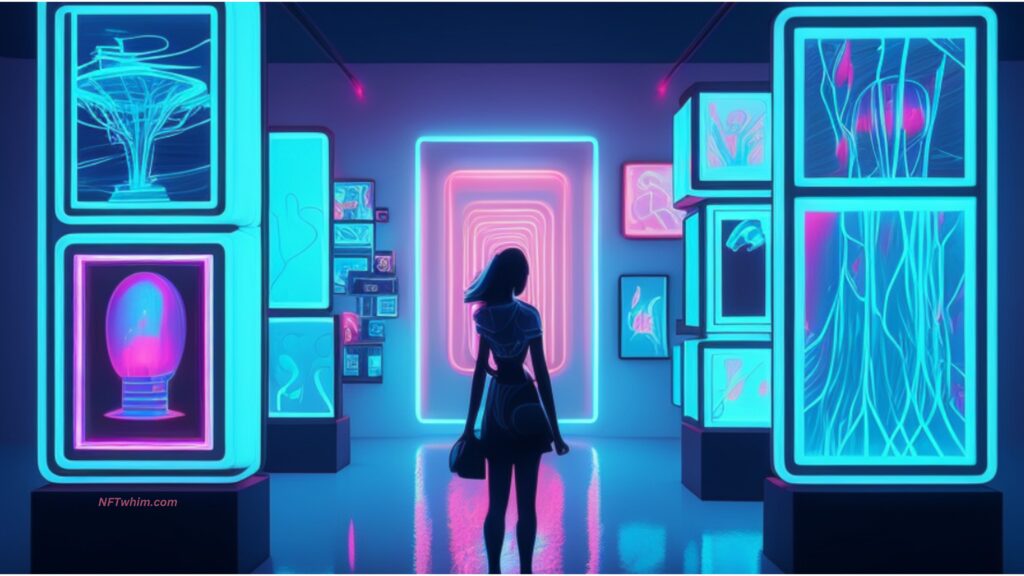
By the way, learn here how ChatGPT can supercharge NFT creators’ workflow.
Popular AI-Generated Art Techniques
There are several popular techniques for creating AI-generated art. One of the most common is generative adversarial networks (GANs). GANs are deep learning models that can generate new data by learning from a dataset of existing data. They consist of two neural networks: a generator that creates new data, and a discriminator that evaluates the generated data to determine whether it is real or fake. Over time, the generator learns to create more realistic data that can fool the discriminator. This technique can be used to generate images, music, and other types of art.
Another popular technique for AI-generated art is style transfer. Style transfer involves taking the content of one image and applying the style of another image to it. For example, you could take a photograph of a sunset and apply the brushstroke style of a famous painter to it. This technique can create stunning and unique art pieces that blend the content of one image with the style of another.
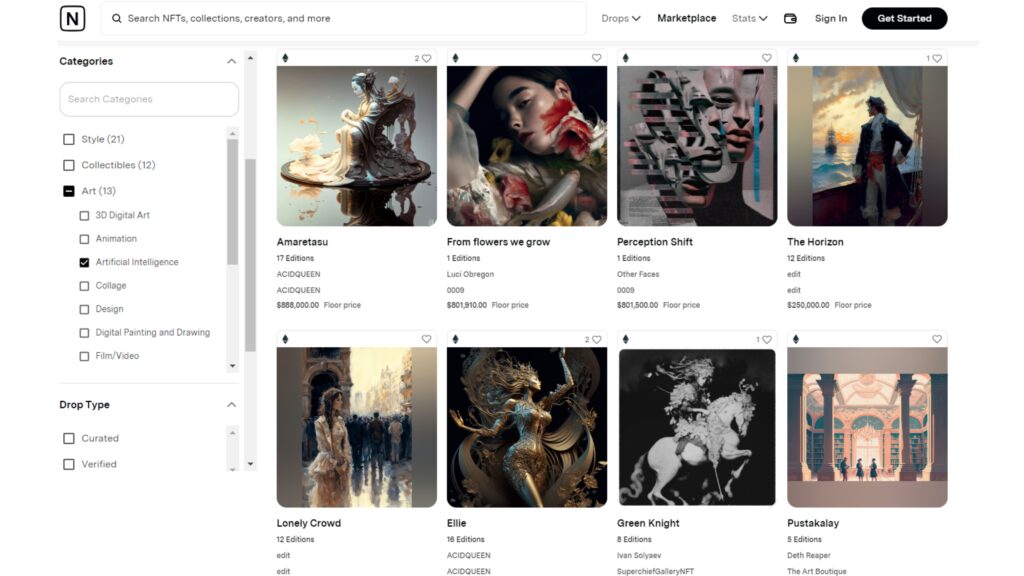
Steps in Creating NFT Art with AI
Now that we understand the basics of AI-generated art, let’s dive into the process of creating NFT art with Artificial Intelligence. Here are the steps you’ll need to follow:
Step 1: Choose proper AI tool or platform for NFT creation
There are many AI tools and platforms available that can help you generate NFT art. Some popular options include RunwayML, DeepArt.io, and ArtBreeder. Each tool has its own strengths and weaknesses, so it’s important to research and choose the one that best suits your needs.
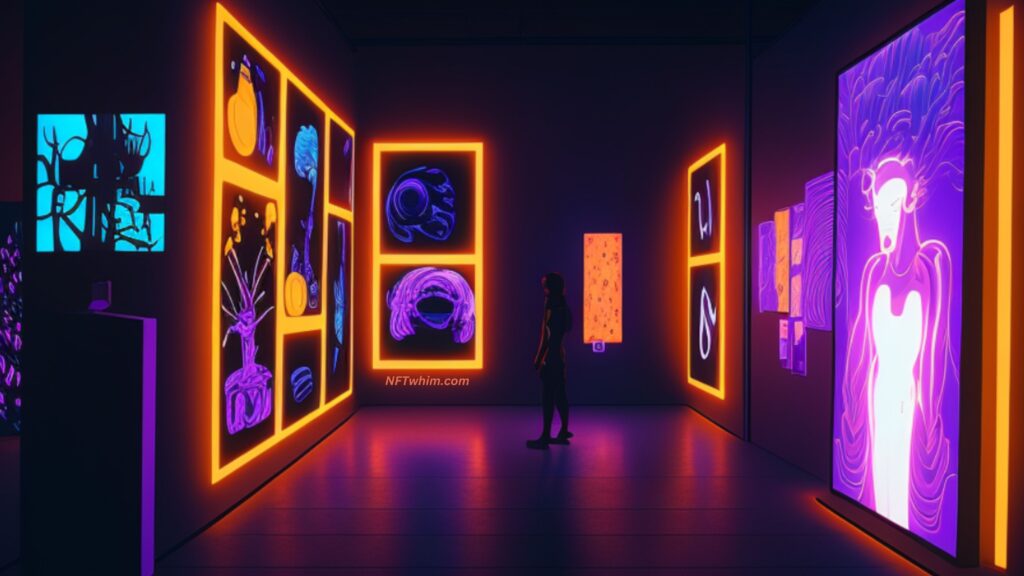
Step 2: Select image data to train the AI model
Once you’ve chosen your AI tool, you’ll need to select a dataset of images or other data to train the AI model on. The dataset you choose will depend on the type of art you want to create. For example, if you want to create NFT art that mixes the work of a specific art collection that you have created previously with a photo collection, you could use these two datasets of those images to train the AI model.
Training an AI model can be a complex process that requires knowledge of machine learning algorithms and techniques. However, many AI tools and platforms have user-friendly interfaces that make it easier for non-technical users to train their own models.
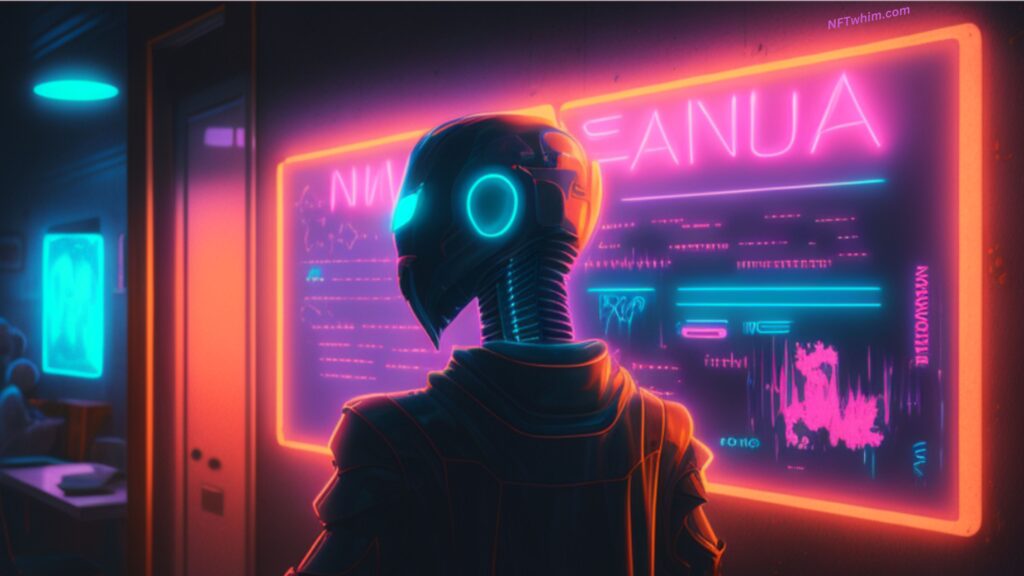
Step 3: Generate the NFT art using the trained AI model
Once you’ve trained your AI model, you can use it to generate new and unique NFT art pieces. This can be done by providing the AI model with an input image or other data and letting it generate a new output based on what it learned from the training data. The output can be refined and customized through various settings and options available in the AI tool or platform you’re using.
It’s important to keep in mind that not all AI-generated art will be suitable for NFT creation. To maximize your chances of creating NFT art that is visually appealing and valuable, you’ll need to experiment with different settings and parameters to find the right balance between novelty, uniqueness, and quality.
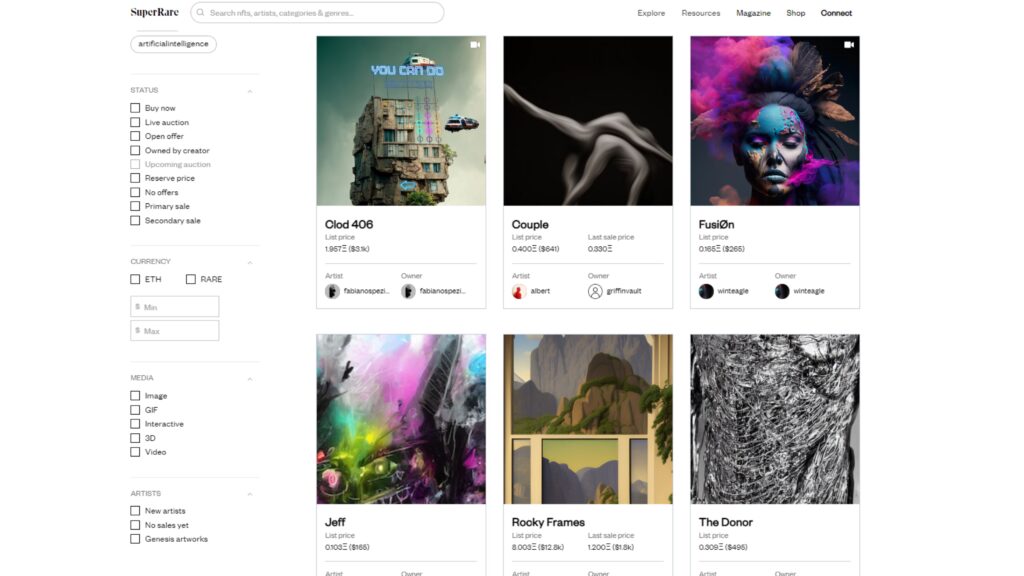
Step 4: Upload the NFT art onto a blockchain platform
Once you’ve generated your NFT art using AI, you’ll need to upload it onto a blockchain platform to create an NFT. There are several blockchain platforms that support NFT creation, such as Ethereum, Polygon, and Solana. Each platform has its own requirements and guidelines for NFT creation, so it’s important to do your research and choose the one that best suits your needs.
To create an NFT, you’ll need to mint it on the blockchain platform. This involves creating a digital record of ownership that is stored on the blockchain. The NFT will have a unique identifier, such as a token ID, that will be used to verify ownership and transfer the NFT to other buyers or sellers.
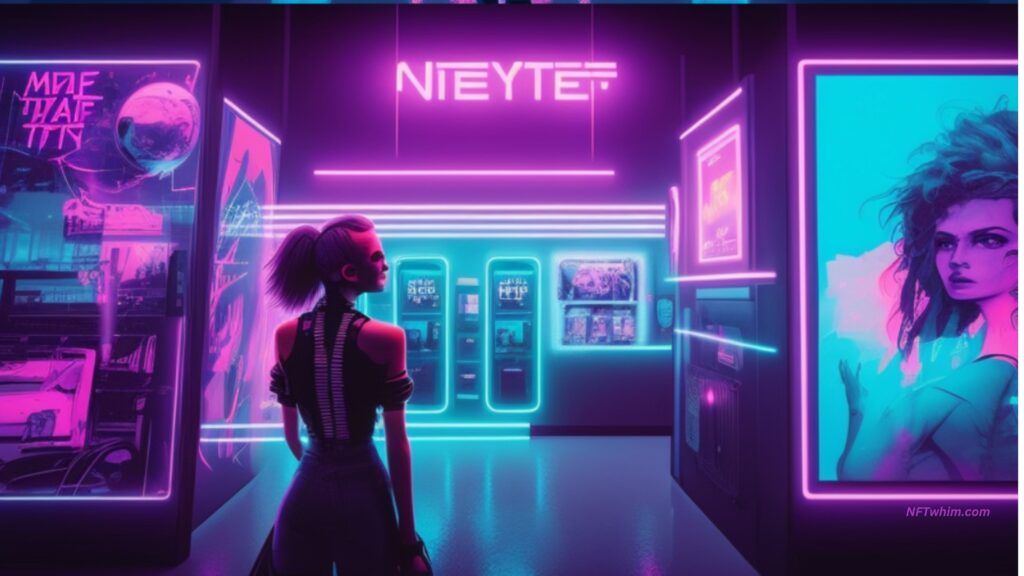
Tips for Optimizing AI-Generated NFT Art for Sale
Once you’ve created your AI-generated NFT art and minted it on a blockchain platform, you’ll want to maximize your chances of selling it for a high price. Here are some tips to help you optimize your NFT art for sale:
- Branding: Give your NFT art a catchy title and description that highlights its unique features and selling points. You can also create a brand or persona around your NFT art to make it more memorable and recognizable.
- Promotion: Use social media platforms and online forums to promote your NFT art and generate buzz around it. Collaborate with other artists and influencers in your niche to reach a wider audience.
- Rarity: Consider creating limited edition or one-of-a-kind NFTs to increase their value and scarcity. You can also offer special perks or rewards to buyers of your NFTs, such as access to exclusive content or events.
- Quality: Make sure your NFT art is visually stunning and of high quality. This will make it more appealing to buyers and increase its perceived value.
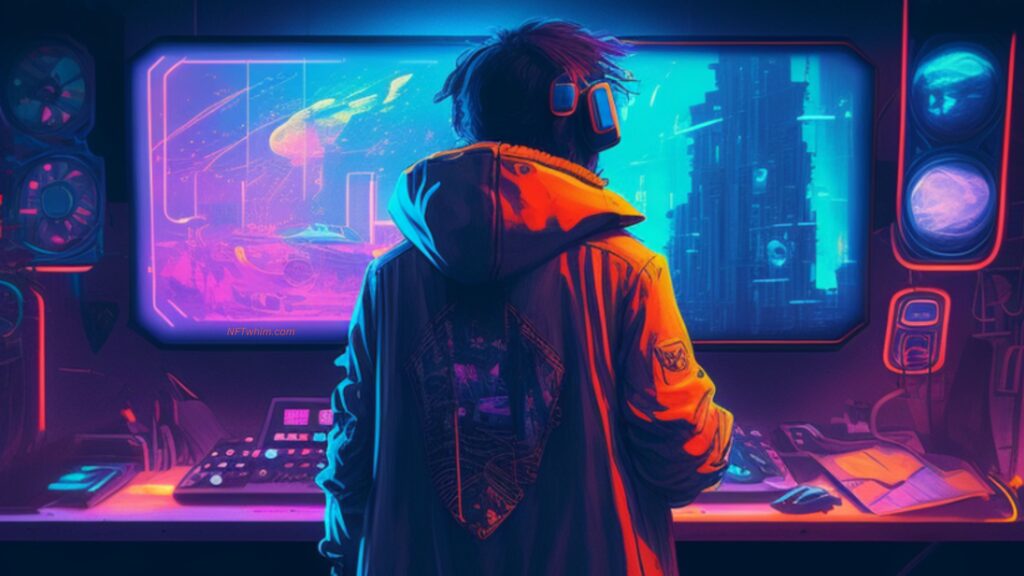
Legal Considerations
When creating and selling AI-generated NFT art, it’s important to be aware of the legal considerations involved. Here are some key legal considerations to keep in mind:
- Intellectual property rights: Make sure you have the legal right to use the images or other data you’re using to train your AI model. If you’re using copyrighted material, you may need to obtain permission or pay licensing fees to the copyright holder.
- Copyright concerns: As the creator of an NFT, you will hold the copyright to the digital asset. However, the ownership and transfer of NFTs can be a complex legal issue, so it’s important to consult with a lawyer or legal expert if you’re unsure of your rights and responsibilities.
- Terms and conditions of NFT marketplaces and platforms: When selling your NFTs on a marketplace or platform, be sure to read and understand the terms and conditions of the platform. Some platforms may charge fees or take a percentage of your sales, while others may have specific rules or guidelines for NFT creation and sale.
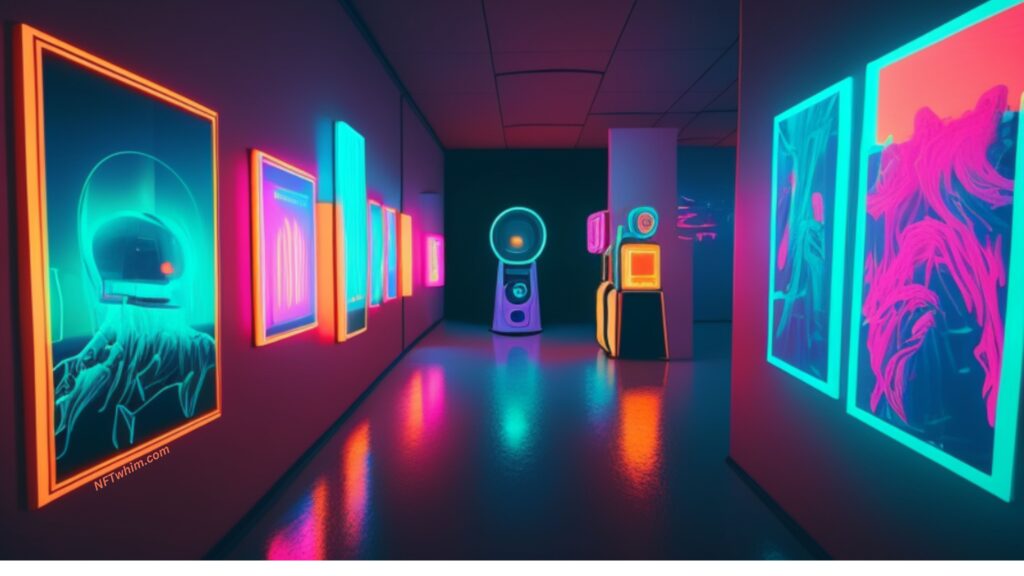
Examples of AI-Generated NFT Art
Finally, let’s take a look at some examples of AI-generated NFT art. These examples showcase the wide range of styles and techniques that can be achieved through AI-generated art.
- “AI Generated Nude Portrait #1” by Robbie Barrat: This NFT sold for $5,000 on SuperRare in January 2021. It was created using a machine learning algorithm that was trained on a dataset of nude portraits from the Renaissance period. The algorithm learned the patterns and styles of the portraits and generated a new image based on what it learned.
- “Edmond de Belamy” by Obvious: This NFT sold for $432,500 at a Christie’s auction in October 2018. It was created by a Paris-based art collective called Obvious using a generative adversarial network (GAN) algorithm. The algorithm was trained on a dataset of historical portraits and generated a new image of a fictional portrait named Edmond de Belamy.
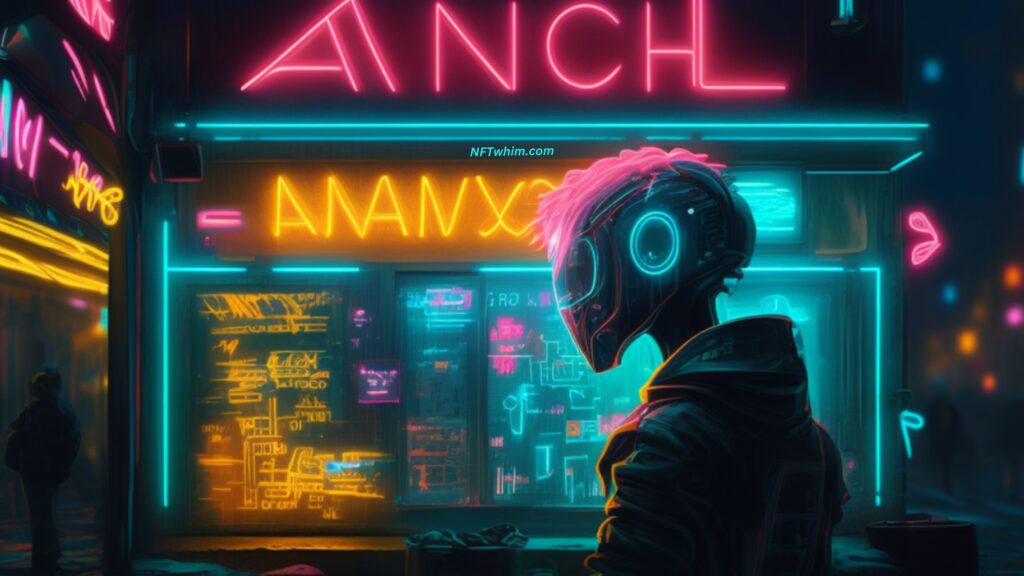
Conclusion
AI-generated NFT art represents an exciting new frontier in the art world. By using AI tools and techniques to create unique and visually stunning digital art, artists and creators can tap into a growing market for digital collectibles and create a new source of income. However, it’s important to approach AI-generated NFT art creation with a solid understanding of the tools, techniques, and legal considerations involved. With the right skills and mindset, anyone can create AI-generated NFT art and join the growing community of digital artists and collectors!
Robin
Author: Robin Olsson
Author Bio: I’m Robin and on this website, I share everything I’ve learned since getting into NFTs in 2021. I have a background in research and I’ve been in crypto for several years. You can read more about me here.
